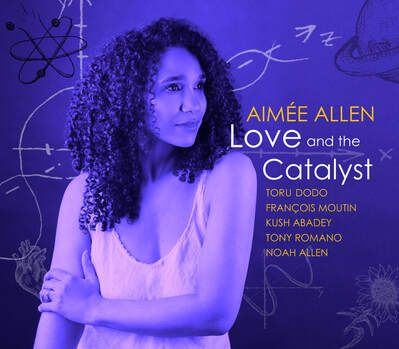
Now she releases Love and the Catalyst and I can say without fear of contradiction that this represents Aimée at her best in performance and writing. She calls the album “a collection of songs addressing change, large and small, and the individual and collective actions that bring it about.” The album has 12 tracks with seven of the songs composed by Aimée. She also writes lyrics for an additional two of the songs and she has three covers.
She brings along Toru Dodo on piano, François Moutin on bass, and Kush Abadey on drums—all three veterans of Aimée’s previous recordings. New to the Aimée Allen band is guitarist Tony Romano and Noah Allen on trumpet. Noah is Aimée’s nephew and was one of the subjects of Aimée’s song Eden, Autumn, and Noah, Too from the Winters & Mays album. In other words, this band is connected almost telepathically through shared experience and vision, if not DNA (as in Noah’s case).
The album opens with Little Sunflower by the great Freddie Hubbard with lyrics by the marvelous Al Jarreau. The quirky bass opening with the cool piano sets up the singer, the song, and the whole album. Aimée’s unique vocal approach is made evident right from the start. The way she bends tones and lyrics is remarkable. This optimistic introductory song is the way to start an album. Dodo, Moutin, and Abadey come out fully charged and they don’t wear down.
Earth is Waiting is a lovely lament about our misuse of our home planet. We can hope and pray all we want but action—immediate action—is required right now. The melancholy intonation from Aimée is perfectly paired with Tony Romano’s acoustic guitar. This should be an anthem.
Quantum Entanglements is reference to a popular and immensely important notion in physics—that everything everywhere is connected at the quantum level. It is an idea that should have resonance in politics, religion, all of life. The lyrics are brilliant and Aimée, of course, delivers them brilliantly. The piano, bass, and drums are spot on with great punctuation from Abadey. But listen carefully to what she says and learn that, while connected, we are yet free.
Crystal Silence/500 Miles High is a wonderful homage to the unique Chick Corea. Aimée remains faithful to the original while still putting her very own stamp on the wondrous Corea piece. Nephew Noah gets to participate in this fine, fine tribute. He makes a great contribution to the track. This gets followed by Star Eyes with a change in tempo and intent. Abadey carries the drum duet with Aimée before Todo and Moutin join at the chorus. This is not the way we’ve ever heard this Gene de Paul and Don Raye composition before. Abadey nails it.
Love’s Crescendo is by Fahir Atakoglu with lyrics by Aimée Allen. This is a lovely, lovely song that Aimée’s lyrics truly enhance. Her delivery is warm and sensitive as she speaks of love for everyone everywhere. And, if God is Love, certainly Love is God. This one got many replays.
Reaction Time is another of Aimée’s originals. She keeps proving that she has developed as a first-rate composer and lyricist, in addition to her inimitable vocal prowess. The fantastic backing of the trio makes this a cool and forthright song with forthright and, dare I say, sexy lyrics. The Moutin gets a fabulous bass solo that is followed by Todo’s fine piano lead. This was a fun romp.
Mortally Immortal is Aimée’s take on Mozart’s Requiem in D with her own lyrics superimposed. Those lyrics are in memoriam
to those during the COVID catastrophe. Aimée takes the passage Requiem Aeternam (Eternal Rest) and builds her message of mourning and memorial. Moutin adds his imaginative bass lines to the impressive work of Todo and Abadey. Somewhere, Mozart is pleased.
The Comet’s Tail is a description of Halley’s Comet, based on the line that it comes only every 70 years or so. But that becomes the metaphor for the ideas and people who burn bright and burn quickly. Todo’s piano is mesmerizing and is such exceptional accompaniment for Aimée. Then Moutin’s bass solo is almost visually evocative of a comet’s tail, followed by Todo’s bright piano passage. An outstanding song. So well-constructed and well-interpreted by all concerned. This is followed by Man Ripples through Time. She sings a melancholy tune to a man named George, possibly George W Bush? It is both a lament and a protest song to a good man who was mishandled by evil men. But I might be wrong.
Hidden Place is a bluesy number that speaks of what John Lennon called instant karma. The whole trio is right on as Aimée paints her lyrical picture. She delivers in a whole other way on the song and how it works! This is a surprise and in a good way. Aimée has the talent for the Blues, no doubt about it.
Worlds Collide makes me think of the 1950 Immanuel Velikovsky book, Worlds in Collision. Aimée sings of the conjoining of celestial bodies as an allegory for love’s commitment and unification. This is a song that the Jazz standards composers would welcome into their midst. It is a warm and languid piece that is flawlessly rendered by the trio and Aimée sings with all her heart.
Aimée Allen’s Love and the Catalyst places her exactly where she belongs—taking a top tier position among Jazz singers and composers. We could hear her vocal adroitness in its embryonic state in 2006 but, in 2022, she has reached higher than ever before. Her compositional talents have evolved dramatically and Love and the Catalyst is proof of her ascendancy. If she continues on this trajectory, she will ecplise all others.
~Travis Rogers, Jr. is The Jazz Owl
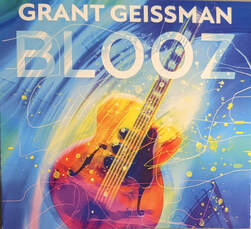
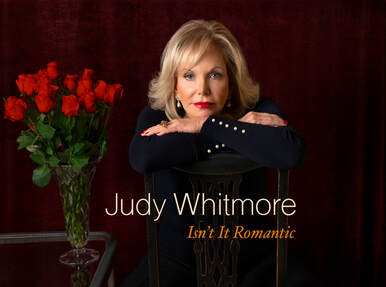
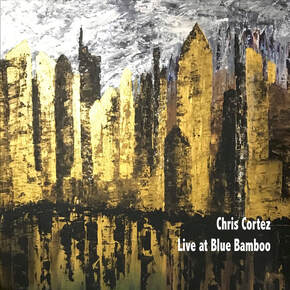
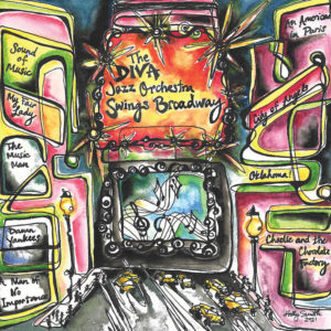
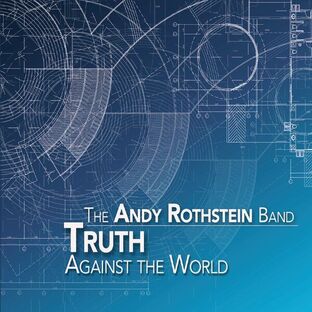
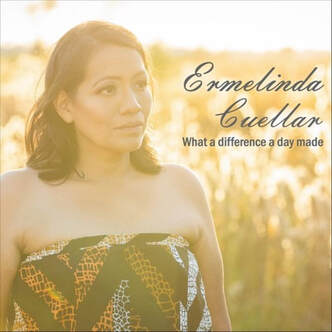
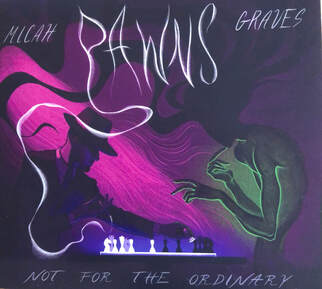
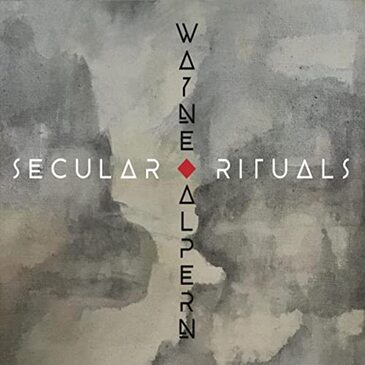
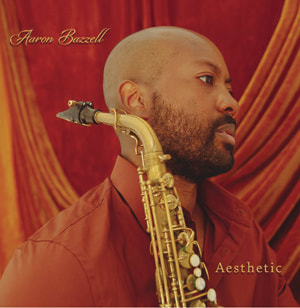
 RSS Feed
RSS Feed
